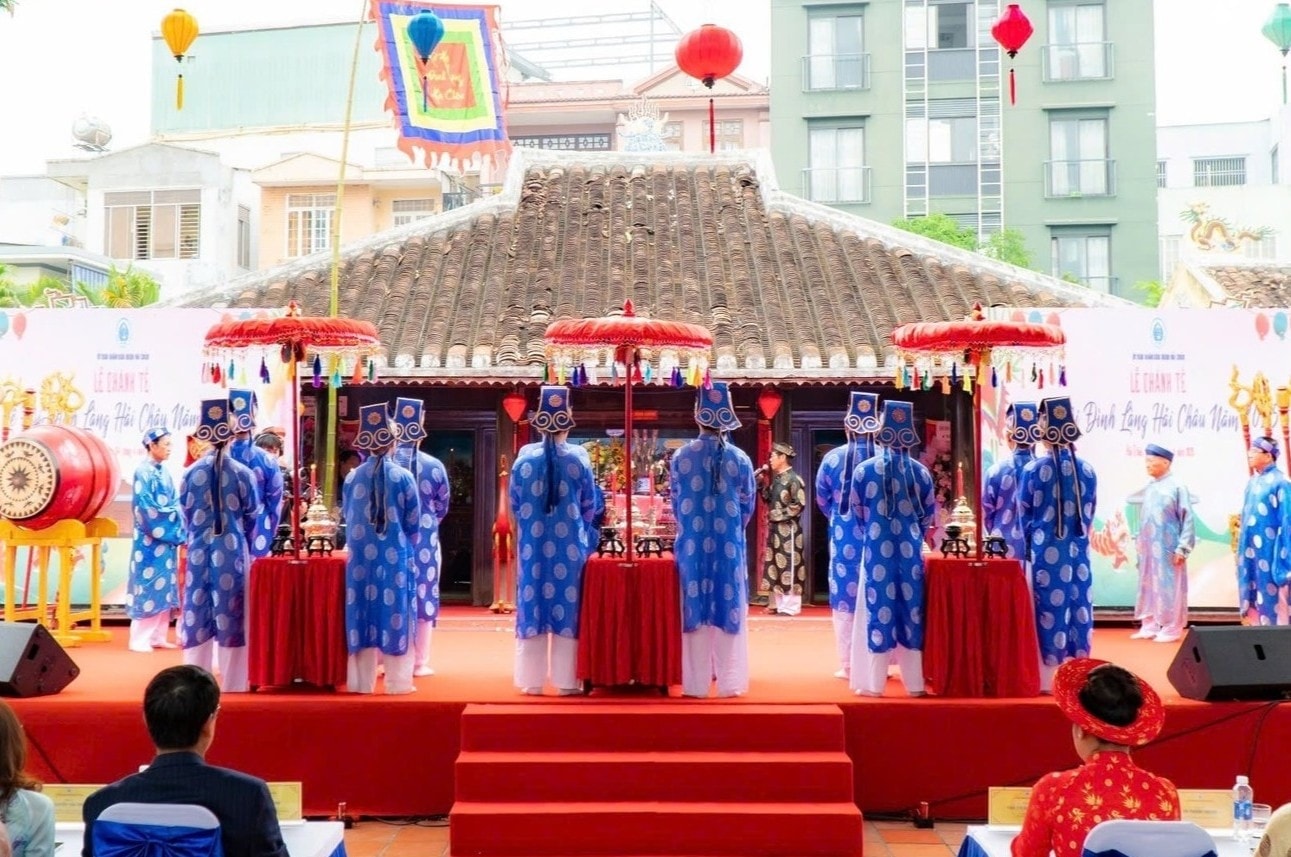
Double joy
For people living around An Ngai Dong communal house (Hoa Khanh ward), this August will bring double joy because in addition to the 15th anniversary of the communal house being recognized as a city-level historical and cultural relic, this place has just completed restoration and embellishment after many years of deterioration.
These days, Mr. Nguyen Ba Don, Head of An Ngai Dong village, often comes and opens the communal house door for people to come in and burn incense.
According to him, it is difficult to maintain the communal house in the middle of a modern city, but it is even more difficult to keep the communal house alive and with people coming and going. So no matter how busy he is, he always takes the time to stop by to clean, wipe, and take care of it.
“People in the village now live in the middle of the city, but every full moon, new moon or death anniversary, they return to the communal house. Some people just stop by to burn incense,” Mr. Don said after gently closing the newly painted wooden door.
Not as imposing as many other communal houses in Da Nang , An Ngai Dong communal house has its own warm features. The small three-room communal house roof is nestled under the shade of trees, in front is a clean yard with lots of shade.
The carved wooden panels, rafters and crossbeams were all carefully preserved after the restoration.
The communal house was built in 1892 (the 4th year of Thanh Thai's reign) on a flat piece of land in the middle of the village. The communal house faces west, with a field in front and Ba Na mountain range in the distance.
The main hall has an area of 9.3m x 9.175m. The architecture is in the style of a 1-room, 2-wing house, consisting of 2 sets of trusses, each set of trusses has 5 rows of columns (2 first columns, 2 second columns and 1 third column; column diameters are 25cm, 22cm and 20cm respectively). All column systems stand on gourd-shaped stone foundations.
The inner shrine worships the gods and the ancestors who have contributed to the development of the village. This area is decorated with parallel sentences in Chinese characters praising the merits of the gods and ancestors.
Under the roof of An Ngai Dong communal house, the old space is still full of vitality because people's hearts do not forget.
Mr. Don said, preserving the communal house roof means preserving the roots, and passing it on to descendants means preserving the soul of the village.
During each ceremony, he and the elders guide the young people in arranging offerings, how to clasp hands and bow, and how to recite prayers solemnly and respectfully.
“If we don’t teach them, they will easily forget. And if we forget etiquette, the temple will lose its foundation and people will lose their roots,” he said.
Urban life
Culture always moves with time. In that flow, communal houses are like spiritual milestones, guiding people's hearts back to their roots.
In Da Nang, Hai Chau or Thac Gian are rare communal houses that still preserve many artifacts of special historical and cultural value.
For example, Hai Chau communal house stands out with a 1.3m high bronze bell, 0.7m wide at the mouth, carved with the image of two majestic Nguyen Dynasty dragons, currently preserved at the Da Nang Museum.
Three marble steles are also preserved intact, one was established in the 14th year of Tu Duc (1861), the other two are dated from the first year of Bao Dai (1926), recording the merit of Hai Chau people who contributed their efforts and money to renovate the communal house.
Inside the communal house, there are still 6 precious horizontal lacquered boards, crafted during the dynasties of Gia Long, Minh Mang, Tu Duc...
In an area of over 2,000 square meters nestled in the heart of the city, for more than ten years, Mr. Nguyen Ngoc Nghi, Head of the ritual committee of Thac Gian village communal house, has been diligently copying and translating dozens of Han Nom edicts and decrees from the Le and Nguyen dynasties into Vietnamese for future generations to easily access.
He said that each royal decree is like an administrative document of the royal court, proving the historical value and merits of the ancestors.
Among them, the royal decree conferred on the village tutelary god Thac Gian under the reign of King Minh Mang (in 1826) is very precious. Each sentence in it is concise and meaningful, emphasizing the morality of loyalty and filial piety, the spirit of attachment between the people and the land they live on.
“The decree conferred on the tutelary god of Thac Gian commune. He has contributed to protecting the country, helping the people, his merits shine brightly. He has been worshiped by the villagers. Following the order of the ancestor Cao Hoang De, we have unified the country, the good news is reported to all gods and people”, Mr. Nghi translated.
At nearly 80 years old, Mr. Nghia said he is a true keeper of the communal house. Every day, this man still regularly visits the communal house yard as a habit that has become ingrained in his blood.
Here, he often sat and re-read the royal decrees, pondering over each Han Nom word. On every festival occasion, he was the one who edited the funeral oration and instructed the next generation on how to perform the ceremony.
Because he understands better than anyone that if he only stops at keeping the roof tiles and pillars, but cannot maintain respect and cannot pass on morality to future generations, then the communal house will gradually become an empty shell.
“Many people say that now that the city has developed, who cares about the village communal house anymore. But I believe that everyone has a place to remember, to return to. And the communal house is that place,” he said.
Amidst the hustle and bustle of urban life, sometimes a whiff of incense under a small communal house roof is enough to remind people of their roots and origins.
Ms. Nguyen Thi Thanh (living near Thac Gian communal house) shared that since childhood she has been familiar with the sound of drums and the smell of incense smoke during every festival season. Growing up, with work being so busy, there were times when she thought she had forgotten.
Yet just passing by the communal house and seeing the areca flowers and betel leaves on the altar, her heart suddenly calmed down. All the excitement returned as if a part of her childhood memories were always there.
Preserving the communal house for the town, for each citizen, does not stop at preserving a communal house, but is anchoring layers of memories in the land where they were born and raised.
Keep, so that the city does not forget the village. Keep, so that the future generations do not leave their roots.
Source: https://baodanang.vn/giu-mai-dinh-cho-pho-3298980.html
























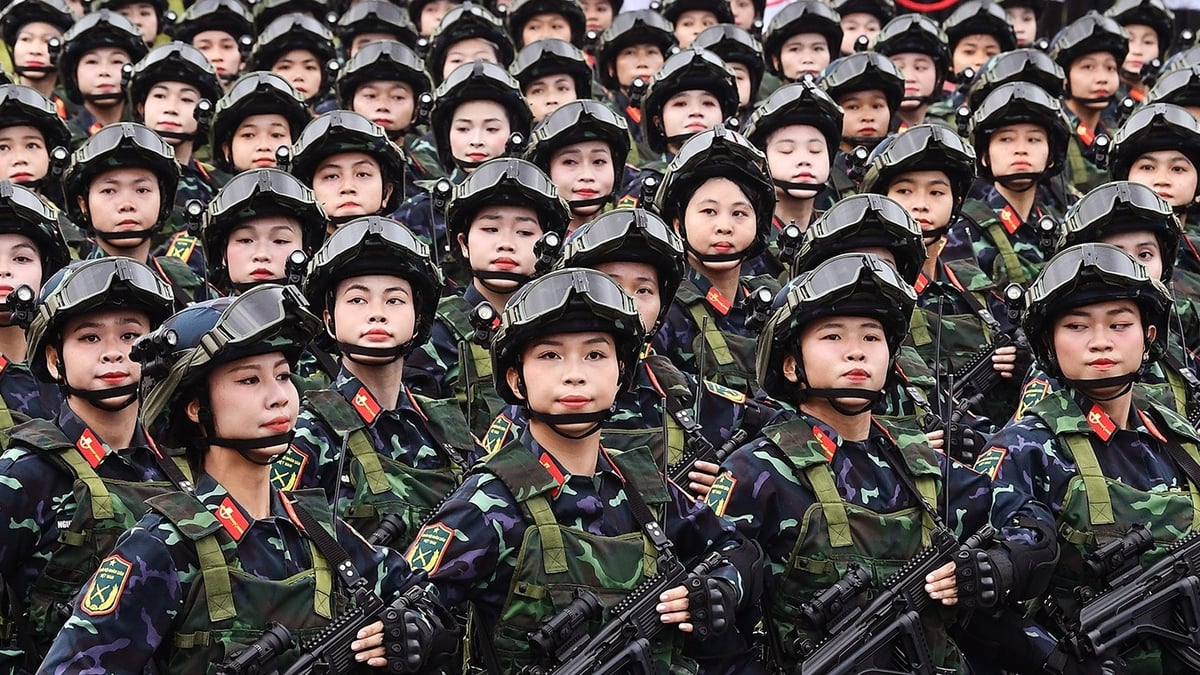





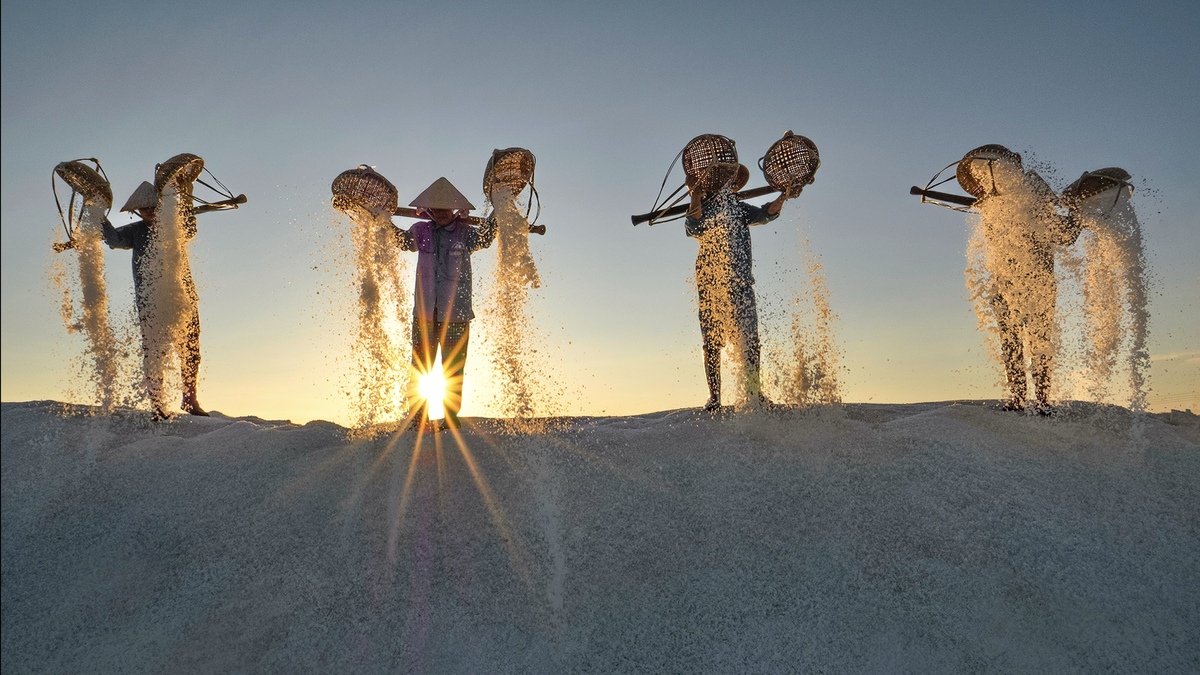
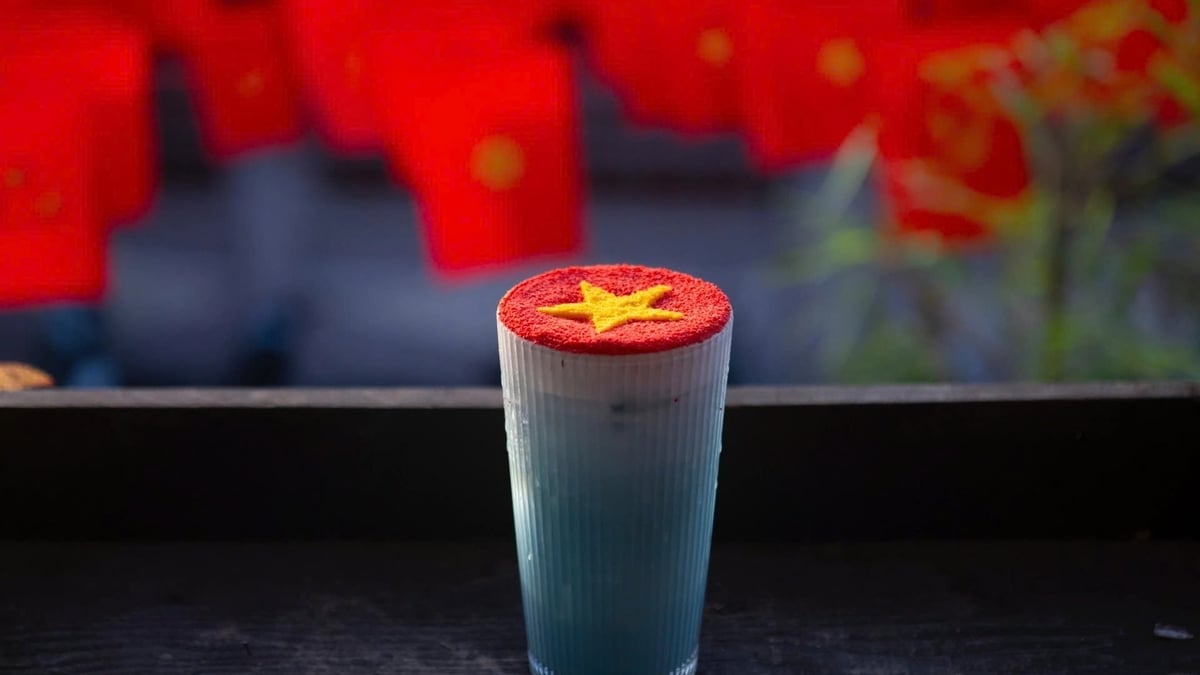
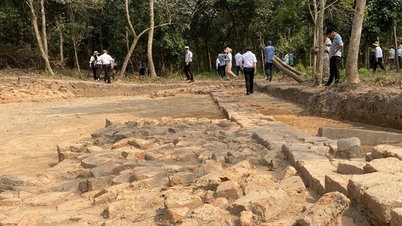



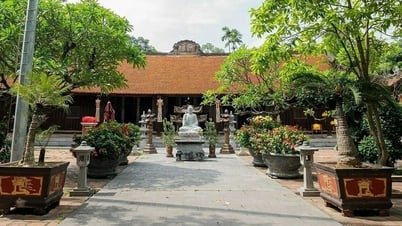

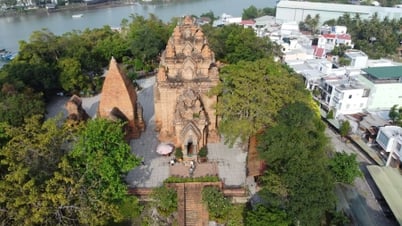
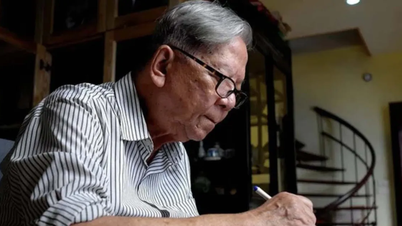

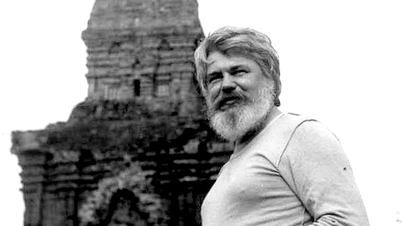



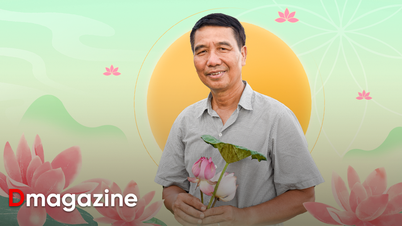




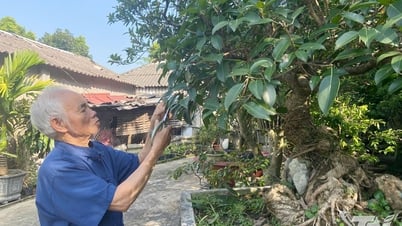




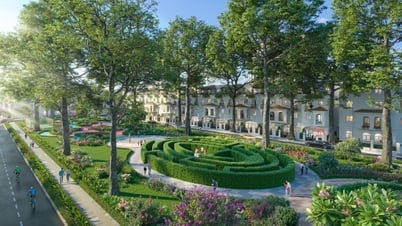












![[Photo] Party and State leaders visit President Ho Chi Minh's Mausoleum and offer incense to commemorate Heroes and Martyrs](https://vphoto.vietnam.vn/thumb/402x226/vietnam/resource/IMAGE/2025/8/17/ca4f4b61522f4945b3715b12ee1ac46c)
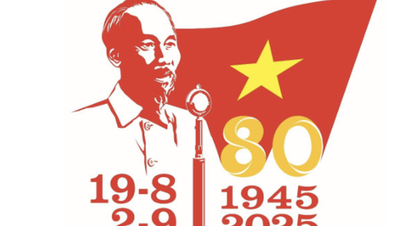






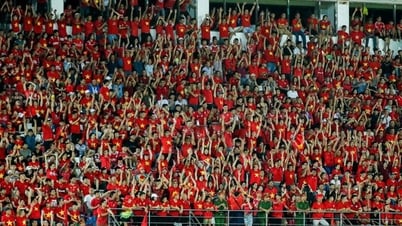






















Comment (0)